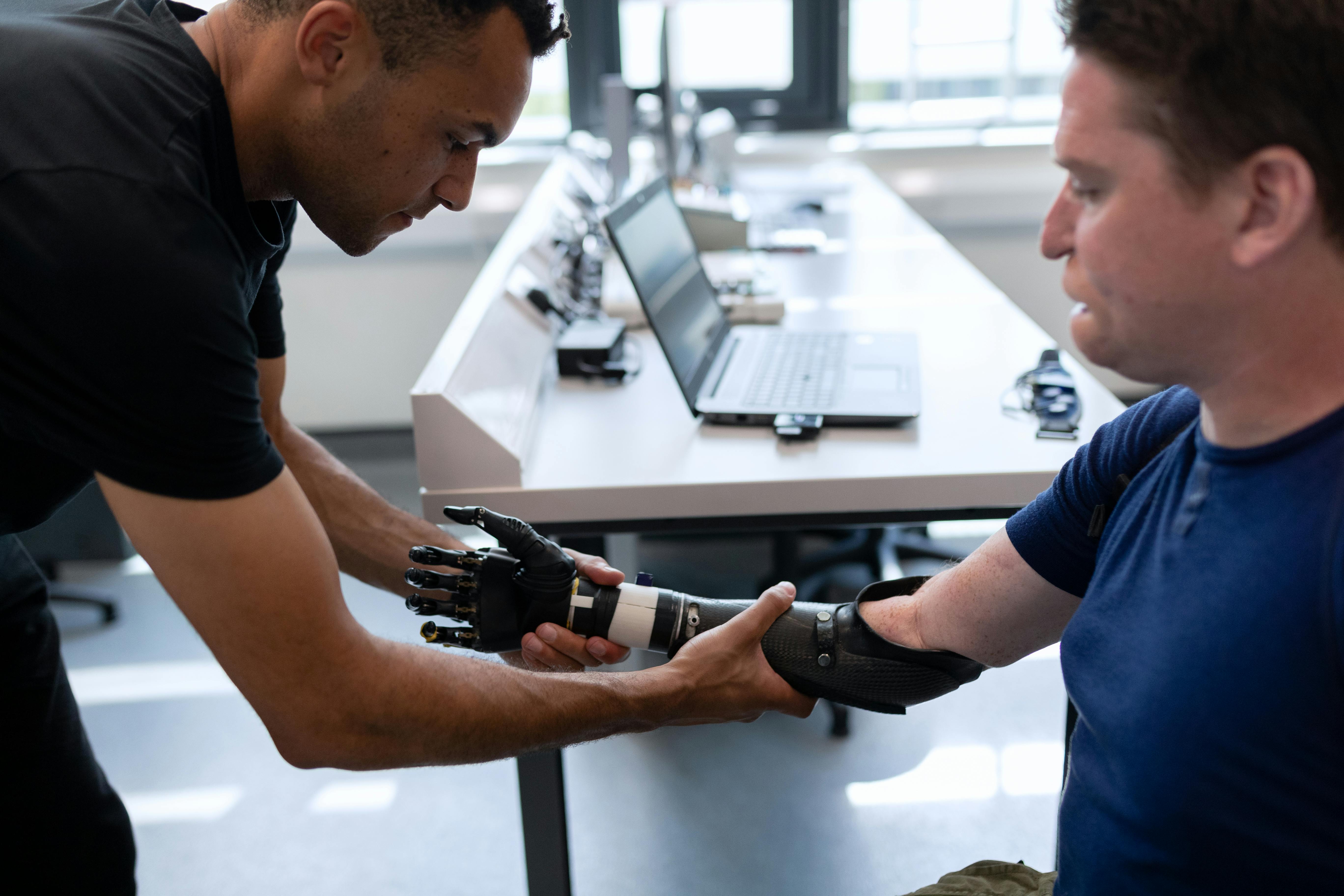Obesity surgery is only done for severe chronic obesity that cannot be treated with diet and exercise control alone. This surgery is performed in the stomach and/or intestine. Severely obese people who have tried all other means of weight reduction are good candidates for obesity surgery. The main goal of this surgery is to reduce food intake which ultimately reduces weight. Some surgeries disrupt the way food is digested and absorbed. This prevents calories and vitamins from being absorbed and therefore reduces the tendency to gain weight.
Under normal circumstances, the food you eat moves along the digestive tract, and the digestive juices and enzymes that are present help absorb calories and other nutrients. When food reaches the stomach, the strong acids help the digestion process. The food moves into the small intestine and is then digested by bile and other pancreatic juices. Iron and calcium are usually absorbed here. Other nutrients are gradually absorbed by the small intestine. Other food particles that are not digested in the small intestine pass into the large intestine and are eliminated from there.
In obesity surgery, one’s own food intake is restricted. Along with the surgery, the patient is also given a diet and exercise routine that they must follow for life. There are four different ways in which this surgery is performed.
Here are some ways in which this surgery is carried out:
1. A small cuff-like band is placed around the upper part of the stomach. The size of the opening is controlled by a circular globe inside the band. The balloon is inflated or deflated with a saline solution depending on the patient’s requirements. This primarily decreases food intake and thus encourages weight loss.
2. The second method creates a small pouch similar to the previous one, and food is delivered directly from the pouch to the small intestine. The stomach, upper intestine and duodenum are no longer in contact with food. Thus, the way in which the intestine absorbs food is also altered.
3. In another method, a large part of the stomach is actually removed. The patient feels full sooner and eats less. Food is also redirected so that it bypasses a large part of the small intestine. This method is known for its fast results.
4. In the last method, most of the stomach is removed. This greatly reduces the generation of the hormone that causes appetite.
These changes are for life. Therefore, always remember that once you have opted for this surgery, there will be a lifetime commitment in terms of diet, nutrition, exercise and overall lifestyle change. Doctors will prescribe additional vitamins and minerals. Make sure you don’t skip them. They are essential because most of the intestines bypass and this causes poor absorption of food.
In general, this surgery could help you maintain a healthy weight, as long as you stick to the rules and follow all the instructions given by your doctor to the letter.
